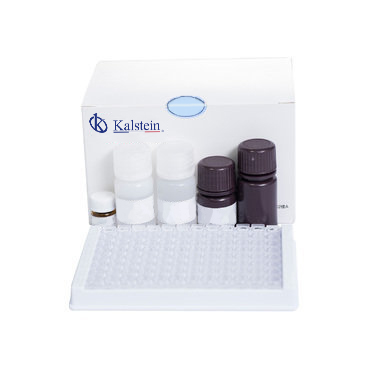Blood reagent profile analysis is a diagnostic test commonly used by clinicians to assess a patient’s health status. The test is done by taking a sample of blood from a vein and then analyzing it in a laboratory. The blood reagent profile collects data on several different aspects of the patient’s health.
This includes white and red blood cell counts, hemoglobin levels, differential white blood cell counts, platelet counts, levels of various electrolytes, levels of ions such as magnesium, potassium and sodium, and levels of hormones such as thyroxine, insulin and cortisol. The results of the blood reagent profile are essential to help doctors identify diseases and conditions.
Diseases and conditions include various forms of leukemia, anemia, iron deficiency, infectious diseases, thyroid disorders, autoimmune disorders, liver and kidney conditions, and other chronic disorders such as diabetes. An analysis of the blood reagent profile may also reveal information useful in determining an appropriate treatment plan for the patient.
How is the blood reagent profile analysis performed and interpreted?
Analysis of the blood reagent profile begins with collection of the sample. The doctor or nurse will use a sterile syringe to draw blood from a vein in your arm. The blood sample is then sent to a laboratory for testing. A laboratory professional will apply testing techniques to the blood sample to obtain a white and red blood cell count, a differential white blood cell count, a platelet count, electrolyte levels, and other parameters.
The results of the blood reagent profile analysis are interpreted according to the reference standard in order to assess the patient’s health. If a high or low count is found in a particular matrix, the doctor will be informed to perform further diagnostic tests to identify the cause of the high or low count. For example, an abnormally high white blood cell count may indicate a bacterial infection, and an abnormally low red blood cell count may indicate anemia.
The pattern of results can also guide clinicians in determining whether metabolic, inflammatory, or autoimmune disorders are present. Once the doctor has received the test results, he or she can provide appropriate treatment for the patient. Usually, treatment varies depending on which disease is present. For example, a bacterial infection can be treated with antibiotics, while an autoimmune condition can be managed with immunosuppressive drugs. A low red blood cell count can be treated with iron supplements and vitamin supplements such as vitamin B12.
What is the importance of performing the blood reagent profile analysis on patients?
It is considered important that patients understand the importance of having regular blood reagent profile tests to detect potential health problems in a timely manner. This helps reduce the risk of complications, and also helps the doctor monitor the progress of treatment. Good nutrition plays an important role in improving the results of the analysis, so receiving information about educational nutrition during the process is important.
Blood reagent profile analysis is a vital diagnostic tool for clinicians to help identify diseases and health conditions. Understanding the results of this analysis and how they affect recommended treatment is essential for patients. Monitoring test results throughout life is also important to ensure good overall health.
Kalstein’s equipment to perform the blood reagent profile analysis
Kalstein, a laboratory equipment manufacturer, has several models of state-of-the-art blood analyzers for sale, incorporating the latest technological advances. Blood chemistry, electrolytes, and hematology can be analyzed in an automated way. Available equipment, purchase methods and prices can be consulted on the websites HERE and HERE.

